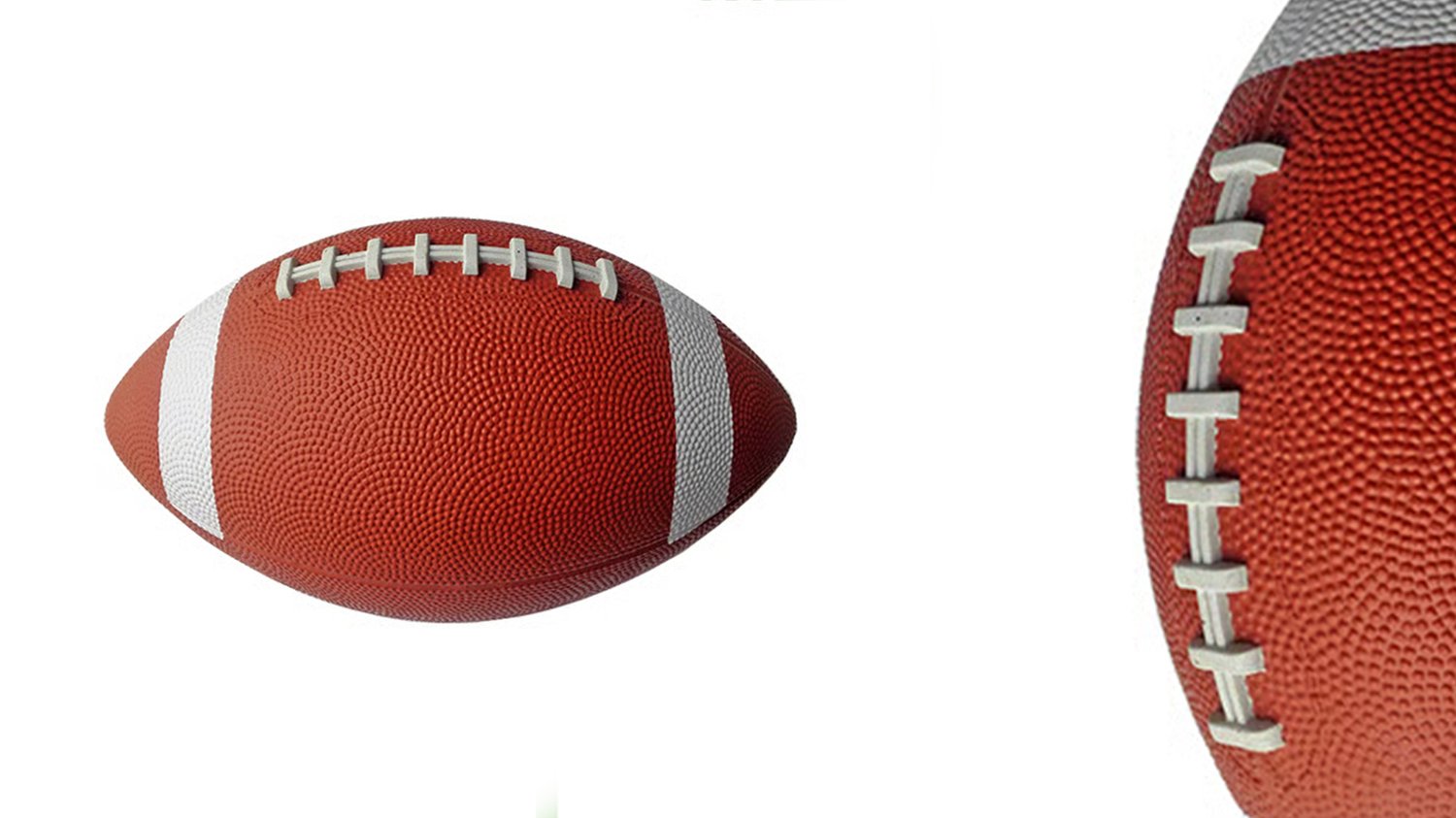Table of Contents

American Football Rules and Gameplay
American football is a popular sport in the United States, known for its physicality and strategic gameplay. The game is played between two teams, each consisting of eleven players, with the objective of scoring points by advancing the ball into the opposing team's end zone. The game is divided into four quarters, with each team having possession of the ball for a certain amount of time.
Rugby Rules and Gameplay
Rugby, on the other hand, is a sport that is popular in countries like England, Australia, and New Zealand. Unlike American football, rugby is played with 15 players on each team and does not have as many stoppages in play. The objective of rugby is to score points by carrying, passing, or kicking the ball into the opposing team's goal area.
Physicality and Contact
Both American football and rugby are contact sports that require players to be physically fit and strong. However, the level of contact in each sport is different. In American football, players wear helmets and pads to protect themselves from hard hits, while in rugby, players do not wear as much protective gear. This results in more frequent and intense contact in American football compared to rugby.
Field and Equipment
American football is played on a rectangular field with goalposts at each end, while rugby is played on a larger, oval-shaped field with goalposts at each end. The equipment used in American football includes helmets, shoulder pads, and cleats, while rugby players wear jerseys, shorts, and cleats. The ball used in American football is oval-shaped, while the rugby ball is more round.
Scoring System
In American football, a touchdown is worth six points, and teams have the option to kick an extra point or go for a two-point conversion after scoring a touchdown. Field goals are also worth three points, and safeties are worth two points. In rugby, a try, which is similar to a touchdown, is worth five points, and teams have the opportunity to kick a conversion for an additional two points. Penalty goals and drop goals are also ways to score points in rugby.
Player Positions and Roles
In American football, there are various positions such as quarterback, running back, wide receiver, and defensive lineman, each with specific roles and responsibilities on the field. In rugby, players are divided into forwards and backs, with forwards responsible for the physical aspects of the game, such as scrums and lineouts, and backs responsible for scoring tries and kicking for points.
Offensive Strategies
Both American football and rugby require strategic offensive gameplay to advance the ball and score points. In American football, teams use plays and formations to outwit their opponents and create scoring opportunities. In rugby, teams use passing, running, and kicking to maintain possession of the ball and penetrate the opposing team's defense.
Defensive Strategies
Defensively, both American football and rugby teams aim to stop their opponents from scoring by tackling, intercepting passes, and forcing turnovers. In American football, defenses use formations such as the 4-3 or 3-4 to match up against the offense, while in rugby, defenses must work together to swarm the ball carrier and disrupt the other team's attack.
Fan Base and Popularity
American football is extremely popular in the United States, with millions of fans tuning in to watch games every week during the NFL season. Rugby has a strong following in countries like New Zealand, where it is considered the national sport, as well as in England and Australia. Both sports have dedicated fan bases that are passionate about the game.
Injuries and Safety Concerns
Due to the physical nature of both American football and rugby, injuries are a common concern for players and coaches. In American football, concussions and other head injuries are a major issue, leading to increased focus on player safety and rule changes. In rugby, injuries such as sprains, fractures, and concussions are also prevalent, leading to efforts to improve player safety through better equipment and training techniques.
